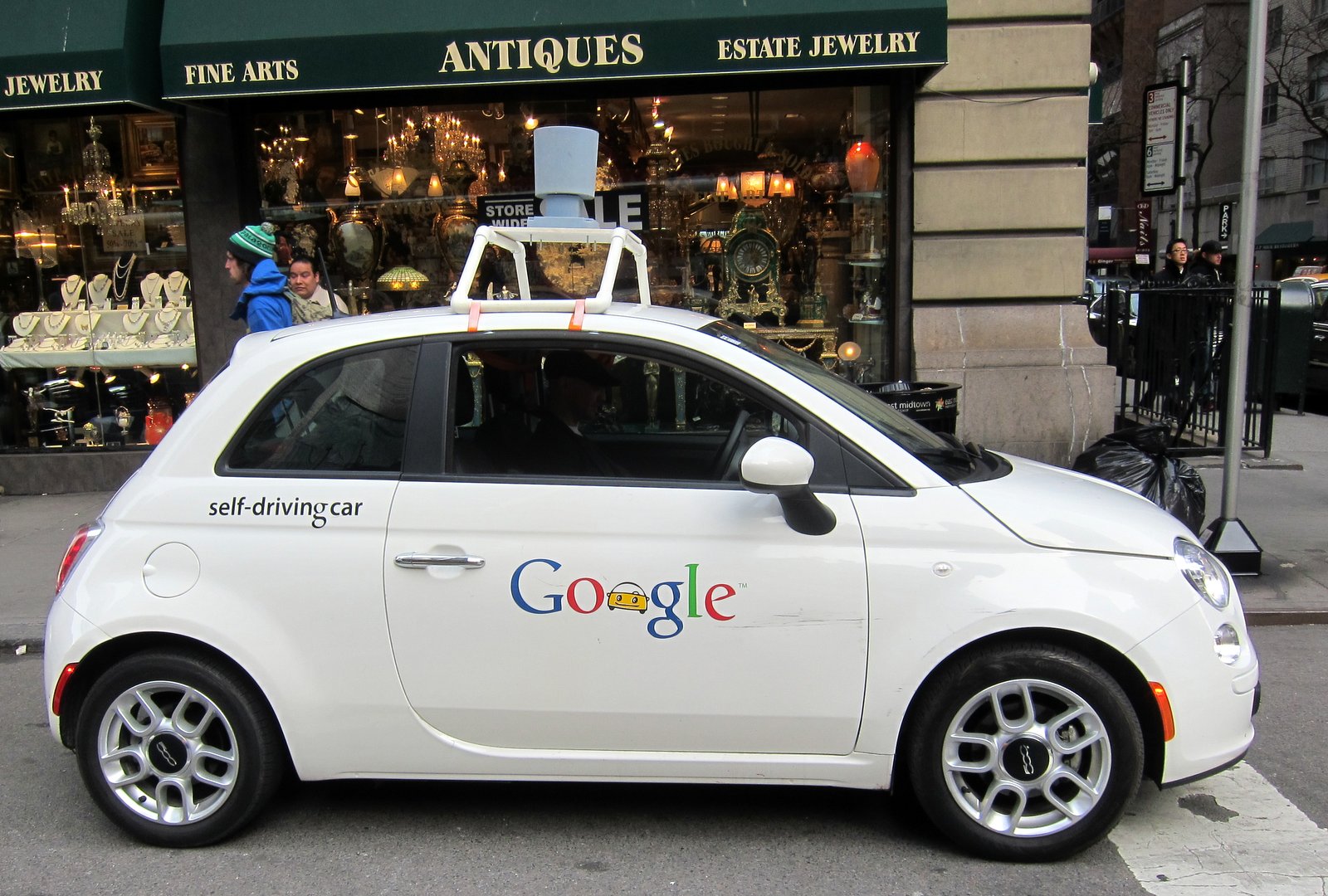.
Cars have long been a symbol of luxury and freedom, but advances in technology promise to reshape exactly what that means.
Self-driving cars—also referred to as autonomous or driverless—can navigate without human input and could redefine transportation, cities, and countless industries.
You must have heard some chatter or watched a few YouTube videos about the technology.
Here are 5 things you may not know about driverless vehicles:
A SELF-DRIVING CAR HAS SUCCESSFULLY DRIVEN ITSELF ACROSS THE US.
Auto supplier Delphi, which flies pretty under the radar compared to companies like Google and Tesla, showed off its driverless Audi last year. The Roadrunner drove from San Francisco to New York City, navigating 15 states and 3400 miles over the course of nine days. While a driver was behind the wheel just in case, the car reportedly tackled 99 percent of the trip.
YOUR CAR MAY ALREADY HAVE SOME SELF-DRIVING FEATURES.
While fully driverless technology isn’t yet a reality for most of us, the line between standard cars and self-driving ones is blurring. More automakers are equipping models with the sensors, GPS, radar and laser technologies that enable automation; 10 million cars with self-driving features are expected to be on the road by 2020.
GOOGLE CURRENTLY HAS 55 SELF-DRIVING CARS ON THE ROAD.
The company’s fleet [PDF] includes 22 Lexus SUVs fully equipped with autonomous technology and 33 smaller self-driving prototypes. These self-driving vehicles can be spotted on public streets in Mountain View and Austin, and have driven 1.4 million automated miles.
SO FAR, ALL ACCIDENTS INVOLVING DRIVERLESS CARS HAVE BEEN A HUMAN’S FAULT.
Speaking of safety, advanced driver assistance systems and autonomous vehicles are expected to reduce crashes by 90 percent. Meanwhile, all accidents involving Google’s driverless cars have been the result of human error; the first reported accident took place when a human-driven car rear-ended the driverless one.

